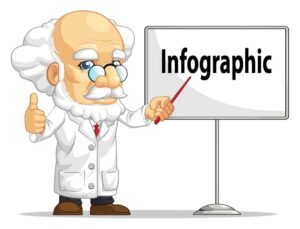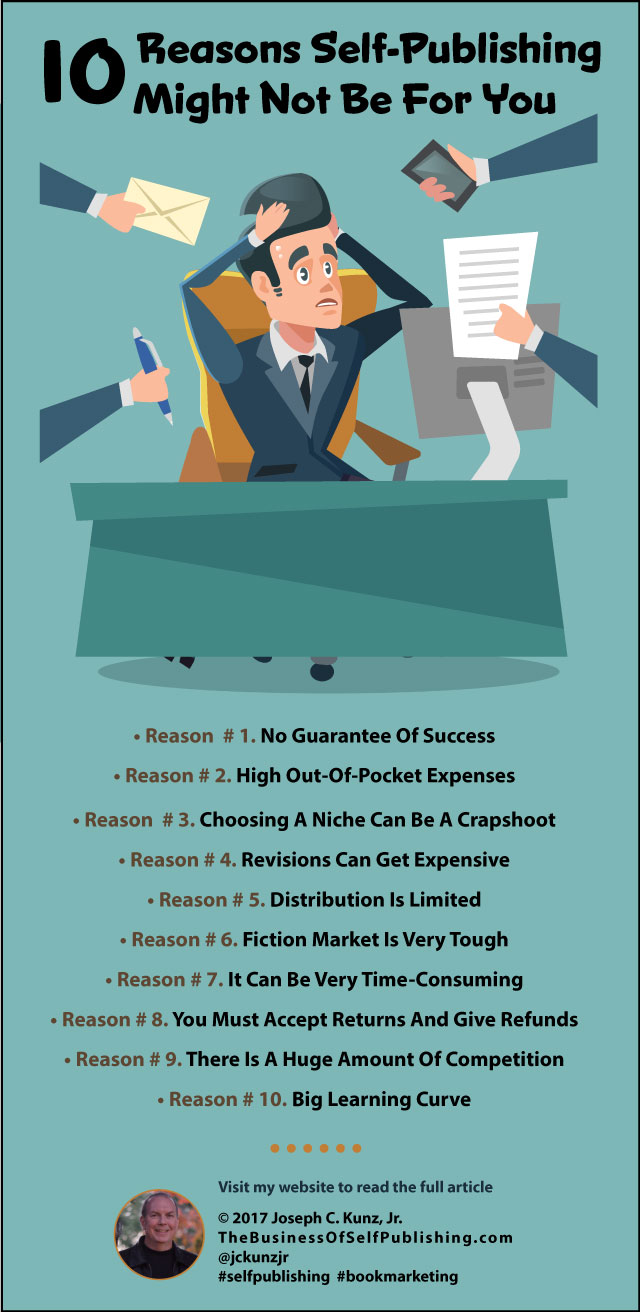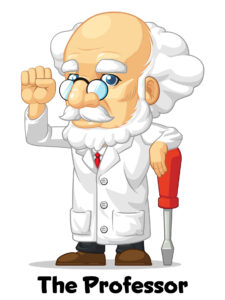Updated April 19, 2023

View the full article that goes with this infographic

Podcast: Play in new window | Download
Subscribe: Apple Podcasts | Spotify | Pandora | RSS | More
Synopsis
Do we write books for profit alone, or to gain favorable approval from others? Or is it a combination of both? Is money more important than fame? Does fame guarantee a stream of income? These questions are a good place to start to understand why we do what we do, and how we can, or should, be defining our own success as self-publishers.





What You Will Learn
1. You will learn to look at how you define what success means to you as a self-publisher.
2. You will learn what the difference is between “financial success” and “critical acclaim”.
3. You will learn how and why you can have both at the same time. Continue reading
This is a screencast video of me creating the book cover for my book “The Sell Sheet”. I have received some positive feedback about the design of this cover. So, I made this video as a fun way to give a little insight into how I created it.
I use Adobe Illustrator to create the cover, and then at the end I covert it into a PDF using Adobe Acrobat. Please give it a thumbs-up if you liked it. Thanks.
Podcast: Play in new window | Download
Subscribe: Apple Podcasts | Spotify | Pandora | RSS | More
Updated January 31, 2023
Subtitle
Without credibility, your book will not achieve the critical or financial success you seek
Synopsis
For a book foreword to give a substantial strategic advantage over other books competing for the same audience, someone with believable credibility should write it. And this credibility must be backed up by a combination of objective and subjective characteristics simultaneously.





What You Will Learn
1. You will learn how and why objective and subjective characteristics help a person’s credibility.
2. You will learn about some of these characteristics.
3. You will learn some essential traits of a good foreword author. Continue reading
Podcast: Play in new window | Download
Subscribe: Apple Podcasts | Spotify | Pandora | RSS | More
Updated December 23, 2022
Subtitle
Understanding paperback formats in the U.S.
Synopsis
Here is an explanation of the differences between the two main paperback books: mass-market paperbacks and trade paperbacks. As a self-publisher, these are the two formats you will typically deal with. Therefore, you must be familiar with and understand the similarities and differences. So, here is a quick discussion and explanation of mass-market and trade paperbacks.


What You Will Learn
1. You will learn the significant characteristics of mass-market and trade paperback books.
2. You will learn how these paperbacks are similar and different.
3. You will learn how British paperbacks compare to the U.S.’s. Continue reading
Podcast: Play in new window | Download
Subscribe: Apple Podcasts | Spotify | Pandora | RSS | More
Updated December 27, 2022
Subtitle
A handful of testimonials can give your business the sustained growth it needs for the long haul
Synopsis
Testimonials are a very effective way to get more clients and customers. As a business person, you must understand what characteristics make up a great testimonial. So here I give you a list of five ingredients and six examples that can help you make a great and powerful testimonial, which will help get you more clients and customers.





What You Will Learn
1. You will learn the five essential ingredients for a great testimonial.
2. You will learn what these ingredients should look like when used in actual testimonials.
3. You will learn how to make your testimonials more powerful and evergreen. Continue reading
Podcast: Play in new window | Download
Subscribe: Apple Podcasts | Spotify | Pandora | RSS | More
Updated February 22, 2024
Subtitle
Dedications are an easy way to make an emotional connection with the reader
Synopsis
To be a successful book marketer, you must never miss an opportunity to reach out and make a connection with the reader. Whether your book’s dedication is only a few sentences or an entire paragraph, you shouldn’t miss this opportunity to give the reader a small look into your life’s story. Here are various book dedications that will help you formulate your own.





What You Will Learn
1. You will learn how and why a book’s dedication can become a marketing opportunity.
2. You will see how the dedication can connect emotionally with the reader.
3. You will learn why a dedication is not difficult to formulate. Continue reading
Podcast: Play in new window | Download
Subscribe: Apple Podcasts | Spotify | Pandora | RSS | More
Updated March 2, 2023
Subtitle
Here is a list of essential questions to help you write a foreword
Synopsis
Here is a list of essential questions you should think about to help you make sure you have written a complete foreword. Not all questions here will apply to your foreword. But these 26 questions will help you take a critical look at what you have written and help you fine-tune your foreword.


What You Will Learn
1. You will learn what questions to ask yourself before writing a book’s foreword.
2. You will learn why the reader’s wants and needs must come before yours.
3. You will learn what the basic format of a book’s foreword should look like. Continue reading